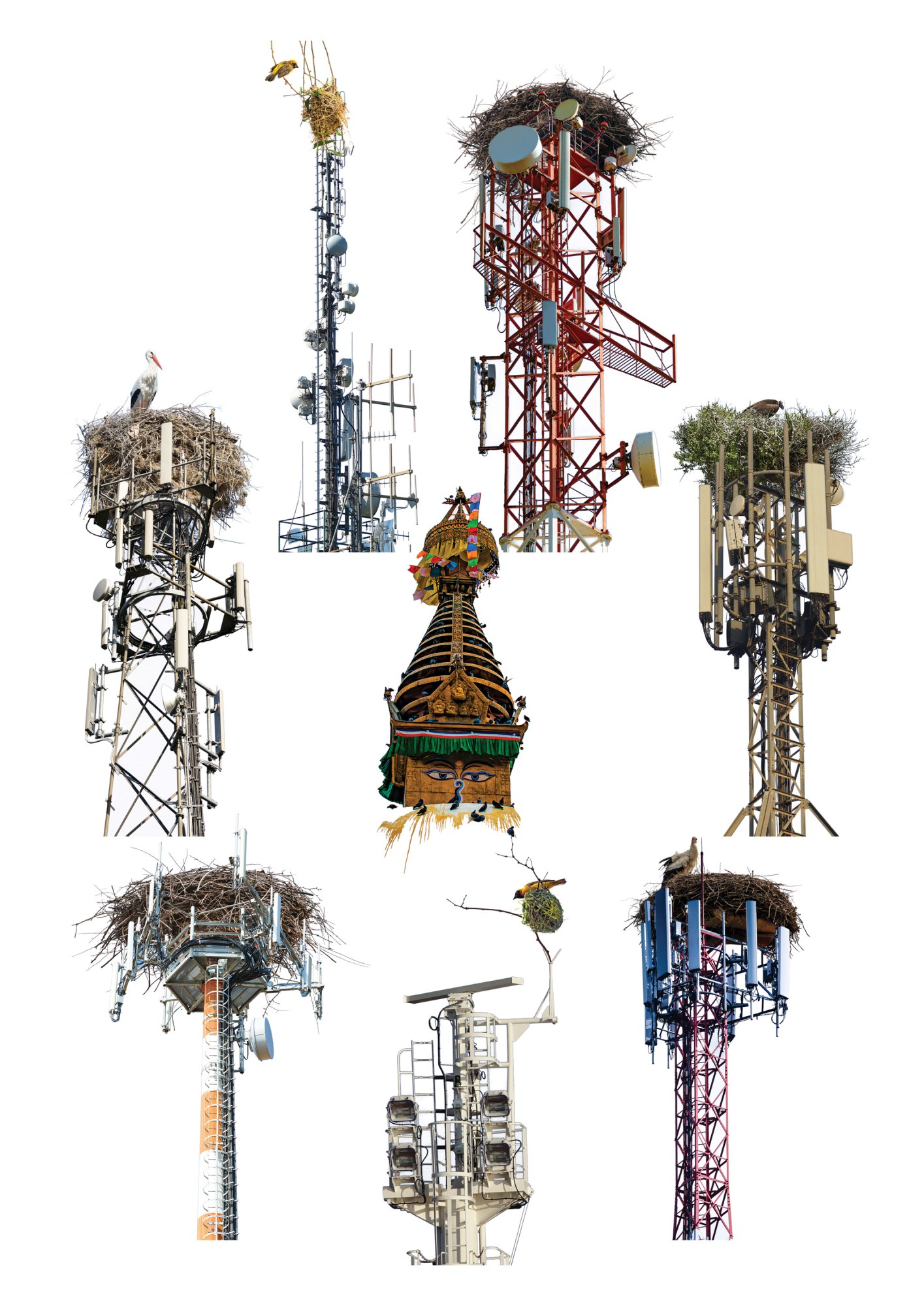Huijser says the US has been less inclined than his native Netherlands—and “almost anywhere else I’ve worked”—to think about conservation as a goal of crossings. But that is changing. The Infrastructure Investment and Jobs Act, which was signed into law in November and has allocated $350 million for wildlife crossings for the next five years, provides new federal funding for projects and research to reduce wildlife-vehicle collisions as well as connect fragmented areas of habitat. Although that amount is just 0.3% of the bill’s $110 billion budget for roads, road ecologists have hailed it as a landmark investment. There is now a publicly funded way to build crossings that target conservation goals, even though collision reduction remains the primary focus, says Rob Ament, senior conservationist at the Center for Large Landscape Conservation. The dedicated funding also means wildlife crossings are no longer competing with potholes for scarce tax dollars. “I think it’s actually a huge step forward,” Ament says. The bill acknowledges that we need to design infrastructure “with both things in mind: the needs of people—the movement of goods and people—but also the movement of wildlife,” he says. “And finally, we’re doing that.”
But what to build? North America’s most influential examples of crossings lie along the Rocky Mountain Front in Canada. The area, which boasts the richest diversity of large mammals on the continent, is bisected by the Trans-Canada Highway. At Banff National Park, a set of 44 wildlife crossings (six overpasses and 38 underpasses) have been built to bridge the gap, creating a linked-up system used by a wide range of species including elk, cougars, and coyotes, as well as rarer animals such as red fox, grizzly bears, wolves, wolverines, snakes, beavers, and lynx.
But Banff’s wildlife crossings, like most, suffer from a sort of Horseless Carriage Syndrome, their designs circumscribed by existing infrastructure. Tunnels are often little-adapted culverts, the (usually concrete) tubes that ferry water under roads. And overpasses have generally been borrowed wholesale from roadways—they are built as if they are going to carry the weight of an 18-wheeler and then “top-dressed” with foliage, Lister says.

ANDREW MERRITT
A scattering of experiments are starting to rethink this model. One is the Wallis Annenberg Wildlife Crossing, the $90 million wildlife bridge under construction north of Los Angeles. Designed by architect Robert Rock, it avoids the humped arch of older bridges in favor of a vast flat expanse that needs just one column to support it between mountains and across a highway traversed each day by an estimated 300,000 cars. It is the “poster child for innovation,” says Renee Callahan, executive director of ARC Solutions, a group that researches how to build better wildlife bridges. “It’s literally designed for species from mountain lions to mule deer to deer mouse,” Callahan says. “They’re designing it all the way down—to literally the mycorrhizal layer, in terms of the soil, to make sure that the soil itself has the fungal network that can support the native vegetation.”
There are many unknowns as construction starts, not least how different species will react to the sheer volume of vehicles passing beneath. The National Park Service will be monitoring activity on the bridge as well as DNA profiles of animals on either side of the freeway. Many are watching to see what will happen with the area’s population of mountain lions. Over time, inbreeding has led to genetic abnormalities, like a telltale kink in local cats’ tails. The agency predicted that the population would become extinct within decades without a crossing.
Across the US, the infrastructure bill’s $350 million falls far short of what will be needed to address the fragmentation created by the country’s 4 million miles of public roads. But there are a handful of innovations that could tip the cost-benefit analysis by allowing crossings to be built at lower cost or in places where it was not feasible before.
Animal bridges are currently built only where there is protected land on both sides of the road, as the typical expense of constructing a concrete bridge would be hard to justify on a site that someone might develop in a few years’ time. Lighter, cheaper, modular systems could be used in places whose futures are less secure, explains Huijser: “If the adjacent lands become unsuitable for wildlife, we take it apart and you can move it.”
One candidate material for such modular systems is precast concrete. There’s also excitement about fiber-reinforced polymer (FRP), a material less dense than concrete that is made from structural fibers set in resin. FRP has been used to build foot and bike bridges in Europe and a quick-and-easy wildlife bridge in Rhenen, just south of the Gooi in the Netherlands. Currently the Federal Highway Administration does not allow it to be used in traffic infrastructure in the US, but there are growing demands for change. “These are barriers that are principally about policy and governance. They’re not about science and they’re not about technology,” says Lister.




